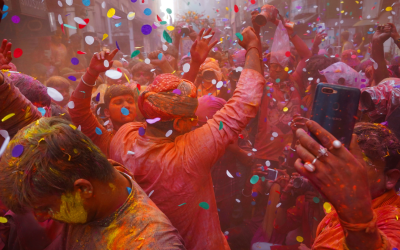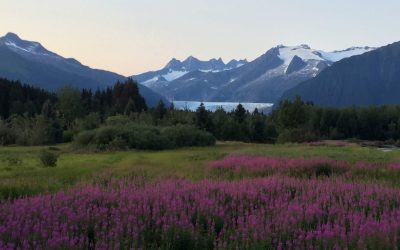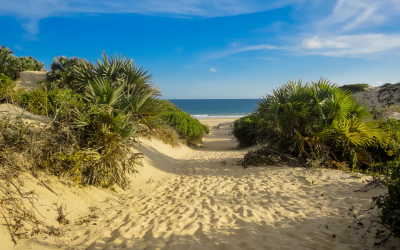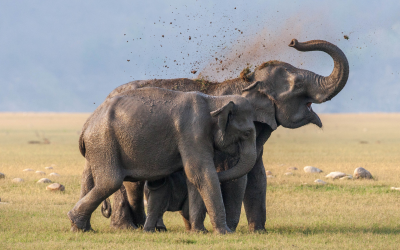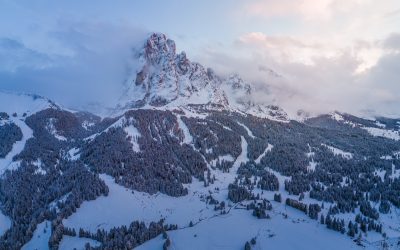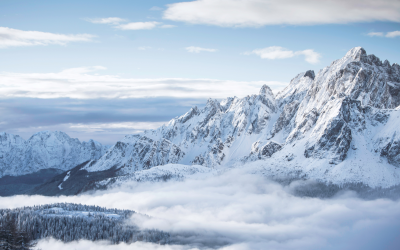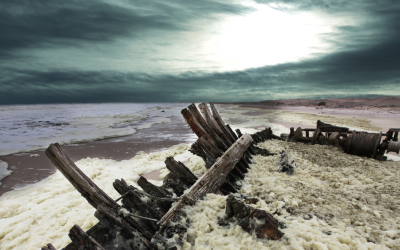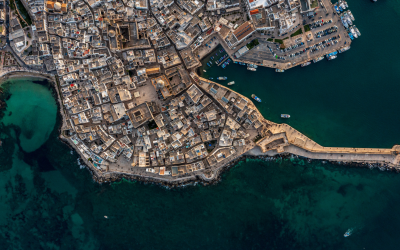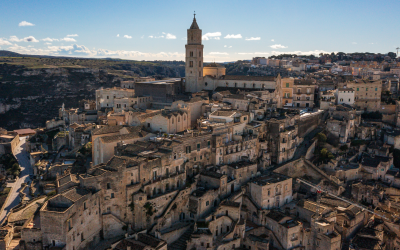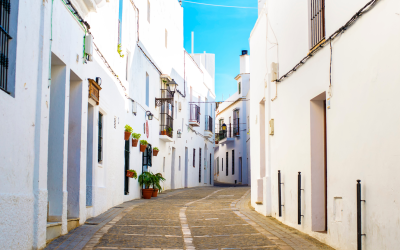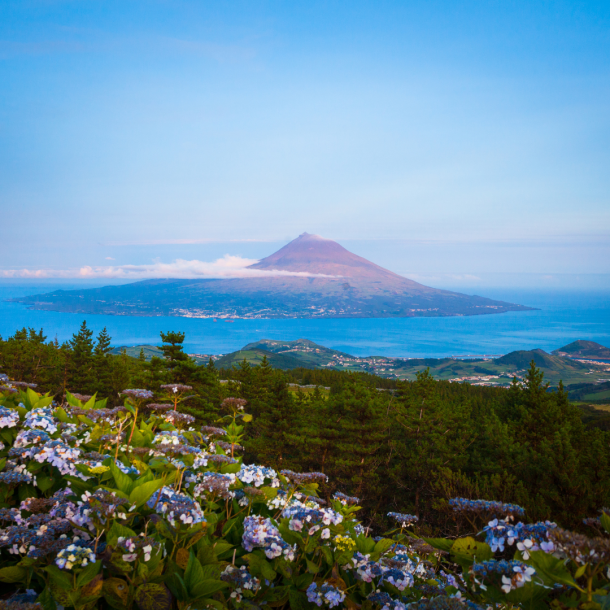Oahu. One puzzle piece on a chain of islands where nature still stakes its claim—With more greenery than towering skyscrapers and an inherent appreciation of the land far greater than any place I’ve ever known.
Hawai’i is a dream for many, but for a state ripe with natural beauty, tourists often seek the same comforts our homes can deliver: hotels, spas, malls, and restaurants. However, Old Hawai’i, the other side of Oahu, offers a unique opportunity to step outside of these tourist spots and back in time.
Kualoa Regional Park

As the morning sun and Windward gusts sharpen the tips of its mountainous coast, I always gain a deep appreciation of the land and a true feeling of natural, raw Hawai’i here in Kualoa. No Starbucks, large hotels, or mainland restaurant chains; Just a glowing natural landscape and a salty, ocean breeze.
Kualoa Regional Park is exceptionally special in the morning. It’s nearly always empty save for locals trading morning runs for ocean exercise. This park is a peaceful place, with a backdrop of seemingly razor-thin and spine-like ridges rising through open-air and overlooking the eastern coast and the offshore islet of Mokoli’i, or “Chinaman’s Hat.” The islet is accessible by kayak only a third of a mile from the shore.
Although Mokoli’i is nicknamed “Chinaman’s Hat” for its shape, Hawai’i culture maintains that it is actually the remnants of the tail of Mokoli’i, a lizard slain by the Hawaiian goddess Hi’iaka. Moreover, Kualoa literally means “long back,” referring to a large lizard. The Kualoa area certainly looks like a lizard curling up along the coast between Waikane and Ka’a’awa from a terrain map!
Peacefulness is another great reason to visit this park and this side of the island altogether. The park offers sprawling grassy areas, picnic tables, and beach access. If you are looking to escape Honolulu’s busy beaches and traffic, this is the perfect getaway on your getaway!
Kualoa Park also has access to one of two fish ponds in Windward Oahu. A’pua Fishpond is located at the end of the beach park road, but the much larger Moli’i Pond can only be accessed with a tour from Kualoa Ranch, a historic site dedicated to Hawaiian culture.
Kualoa Ranch
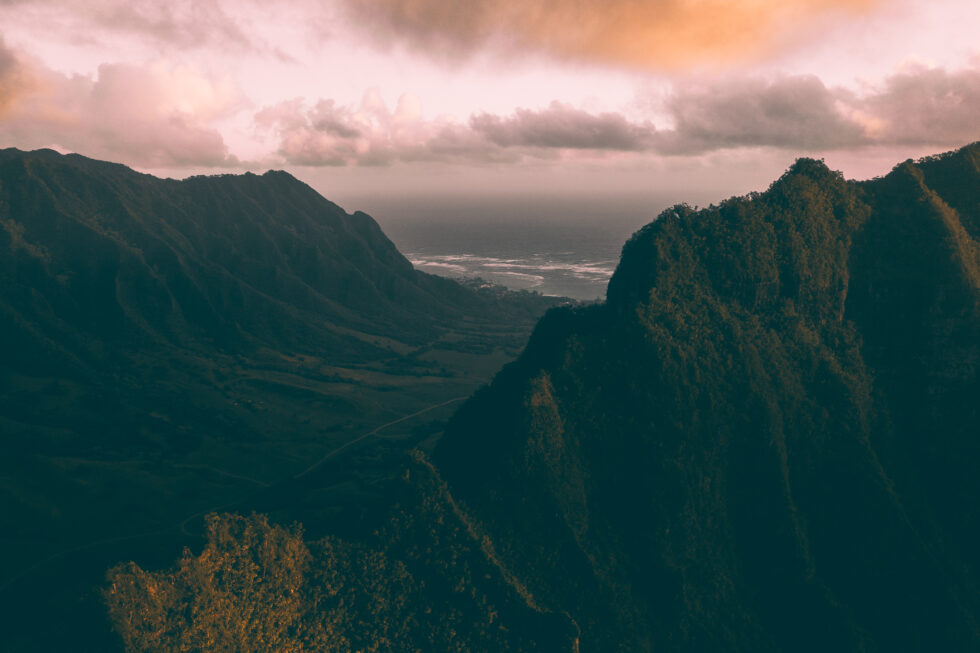
Nestled between those towering, lizard-shaped mountains Kualoa Ranch sits in a valley of Hawaiian history. Old Hawai’i tradition held these lands sacredly, and today, it’s the owners’ mission to preserve the culture and teach its history.
Kualoa Ranch is privately owned by 8th generation descendants of a doctor who served as an advisor to King Kamehameha III. The Ranch has since been protected from unnatural development, although it offers tours and educational opportunities for those seeking a deeper understanding of Hawaiian culture.
Amongst Raptor tours into the jungle, Moli’i Pond, and even a Jurassic experience (many movies were filmed in Kualoa), the establishment offers a most important tour: The Mālama ‘Āina Experience. This boots-on-the-ground (or in the mud) eco-adventure offers a hands-on, agricultural understanding of how native Hawaiians cared for the land for centuries.
In places like Oahu that draw massive tourist numbers, it is important to invest tourist dollars in less-trafficked parts of the destination. This way, we can learn about the roots of the places we vacation, giving us a deeper appreciation for the spaces we occupy as visitors.
Do the Work
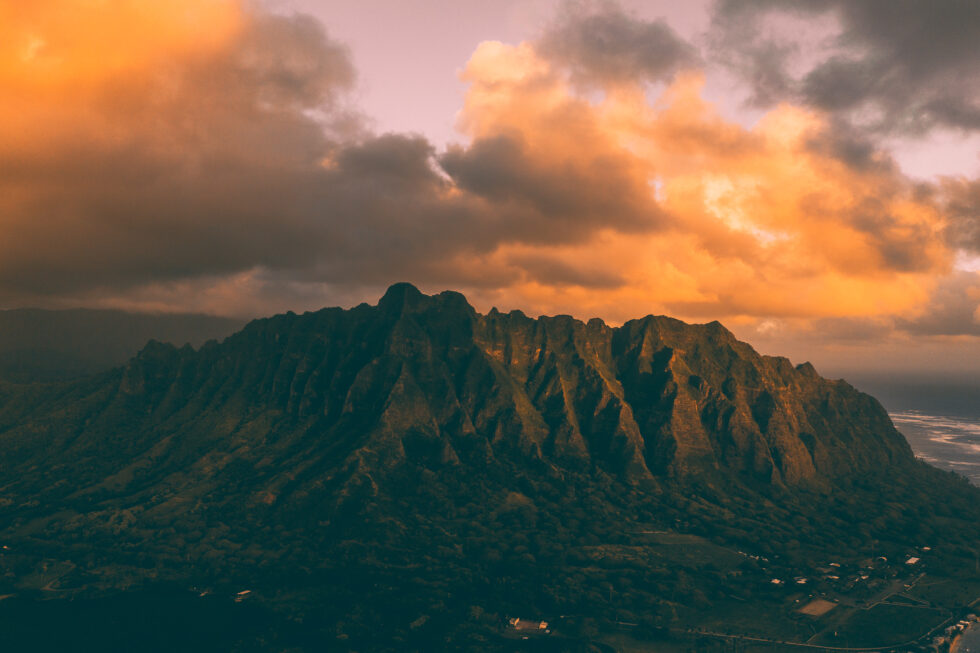
Finally, one of the most important aspects of Hawaiian culture is aloha ‘āina, “love of the land” and mālama ‘āina, “to care for the land.” Unfortunately, these principles are often overlooked by tourists. Mainlanders often travel to the islands to soak up the sun on world-class beaches, hit humbling hiking trails, and leave behind the daily stresses of everyday life. But, the work of caring for and respecting a place like Oahu requires a no-days-off mentality akin to local living. It is important to understand the way of life in Oahu, and limiting yourself to the well-beaten paths of popular locales like Waikiki Beach and Honolulu does little to truly grasp the storied history of Hawai’i.
Once you get off the beaten path, here are a few more ways to do the work as a visitor in Hawaii:
- Remember to always be respectful. This may be a vacation for many, but first and foremost, it is someone’s home. People regularly visit Hawaii for its beauty, so if you already practice aloha ‘āina, it should be easy to mālama ‘āina.
2. Use a reef-safe sunscreen that is non-toxic to the coral reefs. Reefs are most often damaged by human contact, which also should be avoided.
3. Join a beach cleanup! There are a plethora of coastline cleanup crews dedicated to preserving and protecting the beaches and waters that make Hawaii famous. Join in for some fun cleanups and steer clear of those single-use plastics. Two of my favorite clean-ups are Sustainable Coastlines Hawaii and 808 Cleanups.
4. Eat local! From food trucks to farmers’ markets, get the freshest ono grinds (Hawaiian for delicious food) from the people who catch and serve same-day grub!


